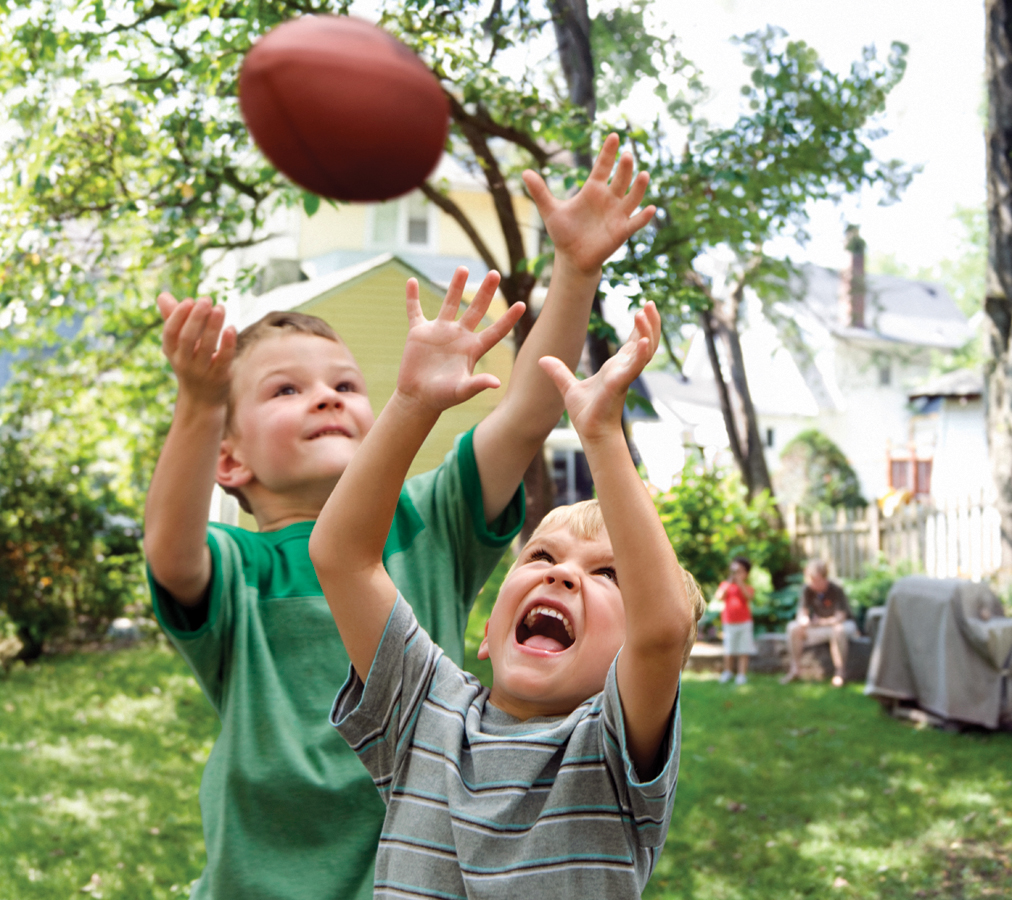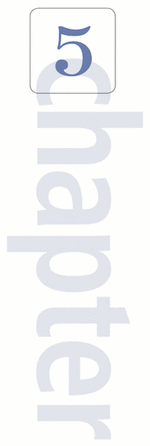174
| EARLY CHILDHOOD: |
| Body and Mind |

|

|
CHAPTER OUTLINE
Body Changes
Growth Patterns
Improved Motor Skills
Nutritional Challenges
Avoidable Injuries
A VIEW FROM SCIENCE: Eliminating Lead
OPPOSING PERSPECTIVES: Safety Versus Freedom
Brain Development
The Maturing Cortex
Speed of Thought
Connecting Hemispheres Emotions and the Brain
Thinking During Early Childhood
Piaget: Preoperational Thought
Vygotsky: Social Learning
Children’s Theories
Brain and Context
Language Learning
A Sensitive Time
The Vocabulary Explosion
Learning Two Languages
Early Childhood Education
Homes and Schools
Child-
Teacher-
Long-
175
WHAT WILL YOU KNOW?
- Does obesity in early childhood have lasting impacts?
- To what extent are emotions rooted in a child’s brain?
- How do children learn about the world around them?
- What are the developmental impacts of bilingualism?
- Does preschool attendance give children an educational advantage?
My oldest brother, Sam, and his wife, Kelly, have four children: three girls and a boy. The two youngest, Brenna and Kaitlyn, are 2½ years apart. When Kaitlyn was about 1½, she started trying to follow her big sister’s example. Even though Brenna was 4 years old at the time and much more developmentally advanced, Kaitlyn, like many younger siblings, wanted to be “just like her sister.”
Kaitlyn did her best to walk and talk like Brenna, and to jump as high and run as fast as her sister. She even wanted to wear Brenna’s clothes, which didn’t come close to fitting her. Although it was clear to everybody around Kaitlyn that it was developmentally impossible for her to be just like her older sister, that didn’t stop Kaitlyn from trying.
It didn’t help matters when people would stop my brother and ask if the two girls were twins, even though Kaitlyn was half the size of Brenna and their facial features were not at all similar. Perhaps this reflects the power of Kaitlyn’s desire to be like her sister! 
—Susan Chuang
DO YOU REMEMBER TRYING TO IMITATE AN OLDER sibling, or maybe an adult you loved and admired? Young children try, fail, and try again. This is how they become skilled and wise. Eventually they learn that growing up takes time, that there are always differences between individuals, and that although our aspirations are unlimited, our bodies are not. During early childhood, advances in body and brain, and the need for protection and education, are evident. This chapter describes amazing physical growth, brain maturation, social judgment, and a language explosion.
176